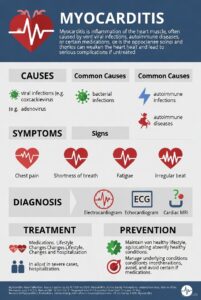Glaucoma
- A group of disorders characterized by
- Increased IOP and consequences of elevated pressure
- Optic nerve atrophy
- Peripheral visual field loss
- Second leading cause of blindness in U.S.
- Leading cause of blindness in African Americans
- Many are unaware
- Incidence increases with age
- Preventable
- Genetic traits
Etiology and pathophysiology
- Primary open-angle glaucoma (POAG)
- Most common type of glaucoma
- Outflow of aqueous humor is ↓ in trabecular meshwork
- Develops slowly
- No symptoms
- Unnoticed until peripheral vision is severely compromised
- Primary angle-closure glaucoma (PACG)
- Angle closure ↓ the flow of aqueous humor
- Caused by age, pupil dilation
- Possibly drug induced
Clinical manifestation
- PACG
- Sudden onset
- Excruciating pain in or around eyes
- Nausea and vomiting
- Seeing colored halos around lights
- Blurred vision
- Ocular redness
- IOP elevated in glaucoma
- Normal IOP 10 to 21 mm Hg
- Open-angle glaucoma 22 to 32 mm Hg
- Acute angle-closure glaucoma >50 mm Hg
- Sudden onset
Interprofessional Care
- Acute angle-closure glaucoma
- Miotics
- Decreased visual acuity in dim light
- Oral/IV hyperosmotic
- Laser peripheral iridotomy
- Surgical iridectomy
- Miotics




